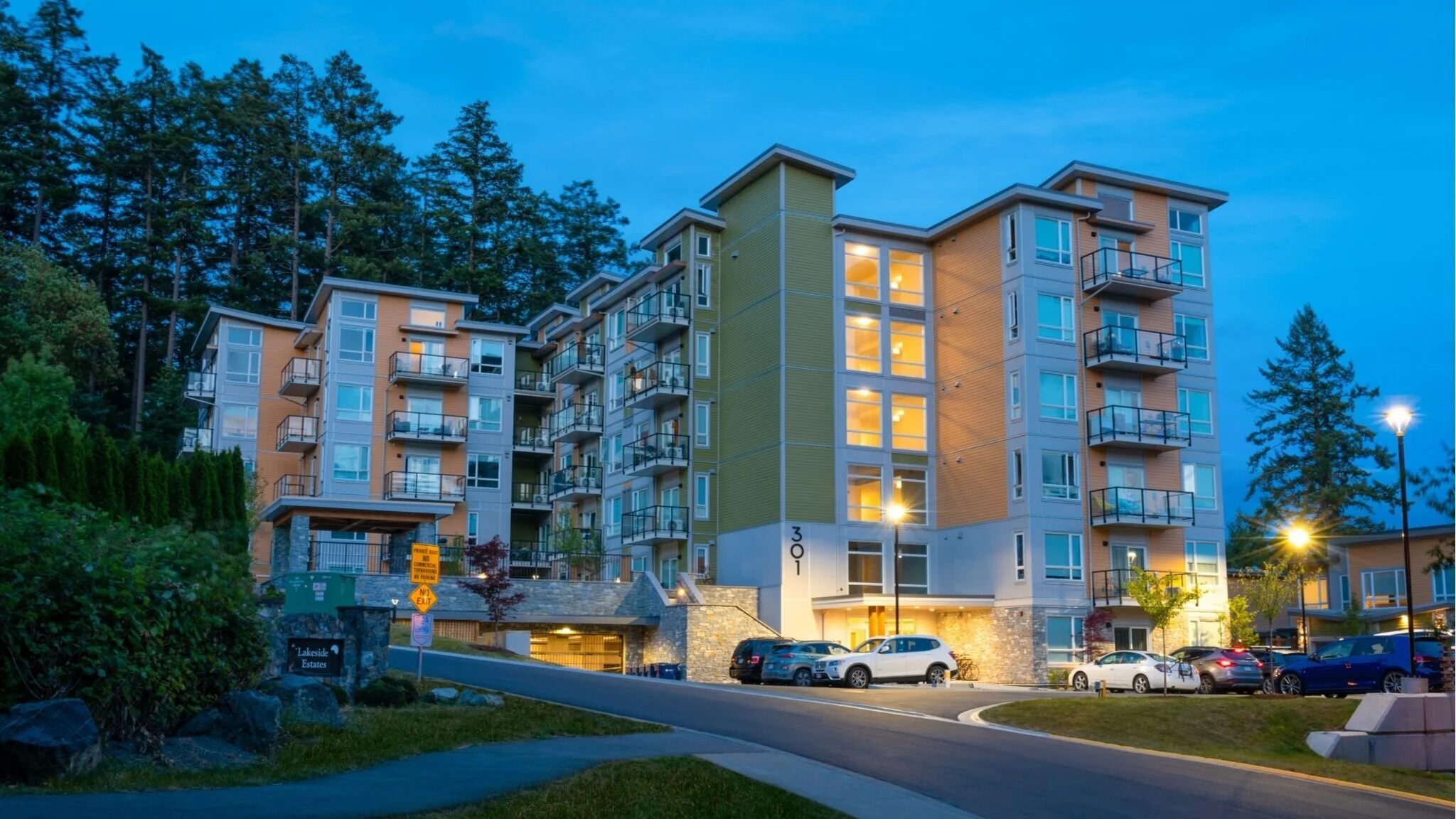the smart owner’s playbook for land strategy in uncertain times
In a volatile market, clarity belongs to those who know what to prepare for—and how.
Vancouver’s land market isn’t just shifting—it’s transforming. Policy is moving faster than process, construction costs are spiking with no clear ceiling, and tax structures are evolving in real time. As we’ve explored in the first three parts of this series, uncertainty is no longer the exception—it’s the environment.
The question isn’t “What will happen?”
It’s “How do I structure, plan, and act so that I’m positioned either way?”
This article brings together the key lessons from the series and applies the decision-making frameworks introduced in how vancouver landowners can navigate rising risk and uncertainty. It’s not a checklist—it’s a strategic foundation for landowners who want to lead, not chase, in this market.
shift from certainty to optionality
Principle: When the future can’t be predicted, build strategies that work across multiple outcomes.
Policy changes, tax moves, and cost swings can’t be forecasted with precision. That’s Knightian uncertainty in action. In this world, the best strategy is not to bet on a single outcome, but to create optionality: flexible pathways that let you pivot as conditions evolve.
What that looks like:
Submit preliminary or informal applications early to bank future density, even if you’re not ready to build
Use option agreements or staged assemblies to expand your site without committing all capital upfront
Avoid structures that only work if everything goes perfectly
Lesson from why waiting could cost you millions: The longer you wait for “certainty,” the more opportunity you lose.
reframe your timeline with bayesian thinking
Principle: Your assumptions are only as good as your willingness to update them.
Most landowners plan once—then wait. But in times of rapid change, those assumptions go stale fast. Instead, use Bayesian updating to continuously re-evaluate: How has the world changed since my last decision? Has that altered the risk or upside of my next move?
What that looks like:
Adjust expectations for rezoning, financing, or tax impact as new data arrives—not just when a decision is due
Build monthly reviews into your investment process, not annual ones
Stay close to trusted advisors who can help interpret new signals early
Lesson from winners and losers: The “winners” weren’t lucky—they responded faster to new information.
structure for volatility, not for the peak
Principle: Strong structures make bad timing survivable—and good timing maximally profitable.
In “winners and losers”, we saw that projects fail not from lack of opportunity, but from rigid assumptions: all-in bets, narrow timelines, or over-levered positions. The most resilient landowners build shock-absorbers into their deals—from flexible JV waterfalls to financing that adapts with conditions.
What that looks like:
Use preferred equity or mezz partners to preserve family control while sharing risk
Structure joint ventures with early exit and rental fallback options
Lock in materials or cap escalation clauses when possible—before the panic spreads
Smart principle: “The cheapest insurance is the term sheet you sign before everyone else panics.”
turn decision-making into a process, not a reaction
Principle: Treat every move like a model, not a moment.
Decision trees, risk matrices, and opportunity cost analysis aren’t just for analysts—they’re real-world tools for landowners who want to think clearly when emotions run high.
What that looks like:
Use a simple risk matrix to prioritize what could go wrong (and what to ignore)
Map a decision tree for key forks—rezoning now vs. holding, assembling vs. selling
Revisit sunk costs honestly; don’t let past effort dictate future risk
Lesson from how landowners navigate uncertainty: Delay often feels safer than action—but it’s still a decision. And usually a costly one.
why preparation beats prediction (again)
The smartest owners aren’t playing the old game of timing the market or holding for the “right buyer.” They’re building frameworks, making better decisions, and increasing their surface area for good outcomes—regardless of how the policy wind blows next.
You don’t need to predict the future. You need to prepare for multiple versions of it—and know what to do when each one shows up.
Key Take-Away: Proactive owners turn uncertainty into a menu of options. Reactive owners get served the bill.
review the article series
This article is part of a four-part series designed to help Vancouver landowners make confident, well-structured decisions in today’s shifting market.
If you’d like to revisit the earlier posts or explore them for the first time, here’s the full set:
How Vancouver Landowners Can Navigate Rising Risk and Uncertainty - Introduces the core decision-making concepts—Knightian uncertainty, Bayesian updating, loss aversion, and decision trees—and why they matter in today’s policy environment.
Why Waiting Could Cost You Millions in Vancouver Land - A look at why hesitation is no longer a low-risk strategy—and how delay can quietly erode both optionality and value.
Winners and Losers When Vancouver Policy Shifts - Four real-world-style scenarios that reveal how preparation, structure, and timing determine which landowners succeed when policy changes.
You’re here: The Smart Owner’s Playbook for Land Strategy in 2025 - A strategic framework for structuring your site, updating your assumptions, and staying ahead of the next shift.
let’s structure your next move with confidence
If you’re holding land in Metro Vancouver and want to get clear on timing, structure, or development strategy—this is the right moment to act. We’ll use the same principles from this playbook to stress-test your options, identify where your site stands, and map out a next step that works in more than one future.
Book a confidential valuation call, video chat, or lunch, and let’s build a plan that keeps you ahead—before the next shift limits your options.
















